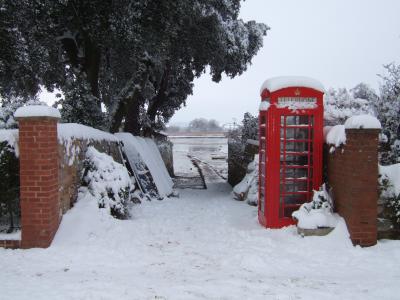Gunpowder plotters death warrent goes on display for the first time - Torquay Museum
By: Barry Chandler
Added: 02 November 2016
Remember, Remember the fifth of November...
Most people know something of the story of the group of men who planned to blow up the Houses of Parliament in November 1605 and whose plot was foiled by King James I's forces. What may not be quite so well known is the connection with the Lyttelton family.
Several of the plotters escaped immediate capture in the aftermath of events at the Houses of Parliament 4-5 November 1605 and fled London. Some were subsequently killed in a shoot-out at Holbeach House in Staffordshire and some survivors were captured and tried for treason on 27 January 1606, convicted and sentenced to death.
There are variations and interpretations of the events of 1605 and 1606 but it appears that two Lyttelton family members of the time, Humphrey and Stephen Littleton, (some say they were cousins, others uncle and nephew) were part of the wider group of conspirators/recusants who were to organise themselves into a company to reinforce a regiment to go to fight in Flanders. Humphrey was not immediately sought after the discovery of the Plot because he was not directly involved in the events in London or at Holbeach House. He did, however, give aid to two of the plotters, his relative Stephen Littleton who lived at Holbeach House and Robert Wintour, who had escaped from the Holbeach House fight, by helping them hide out for a while and acting as a go-between for them and a Jesuit priest, Father Oldcorne. Eventually the two fugitives came to hide out at Hagley House, some say at Humphrey's invitation, while Meriel Littleton, the then owner, was away. A cook, whom Humphrey had taken into his confidence, reported the situation to the authorities. Humphrey denied that he was harbouring the fugitives but they were caught fleeing. Humphrey himself fled, but was captured at Prestwood, Staffordshire. Humphrey was tried at Worcester convicted for harbouring Robert Wintour and Stephen Littleton and sentenced to death. His execution was stayed while his information about the names and hiding places of Jesuit priests was followed up and he was later executed at Redhill, Worcester with four others on 7 April 1606.
The document can be seen, for the first time, for free in the entrance hall of the Museum. It forms part of the exceptional archive collection created by Hester Pengelly and left to the Museum in the 1930s. Another branch of her family lived and colleted in Worcester which may explain how a copy of this document ended up in Torquay.
Latest news
-
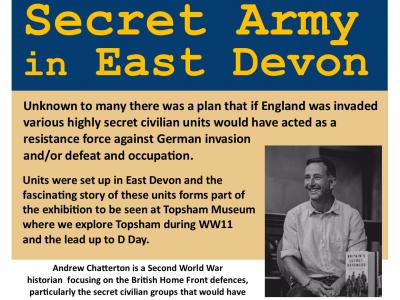
Lunchtime Lecture: Thursday 18th April Churchill's Secret Army in East Devon
Topsham Museum
-

Topsham Museum is open for the 2024
Topsham Museum
-
The Box selects artist Paul Rooney for IWM 14 18 NOW Legacy Fund commission
The Box, Plymouth
-

Dingles Fairground Museum: Final Season
Dingles Fairground Museum
-
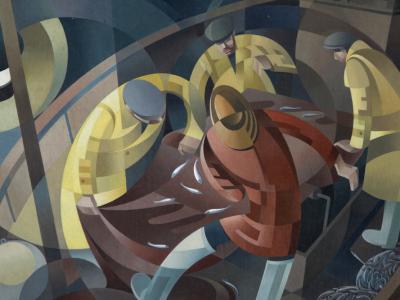
'Planet Ocean' exhibition dives deep into our connection with the sea
The Box, Plymouth
-
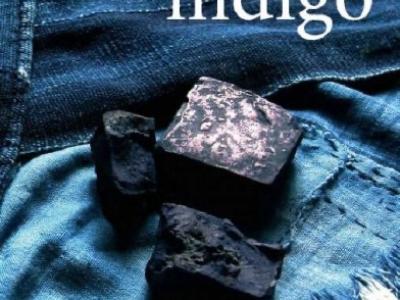
Winter Lecture: Exploring the Indigo Trail
Topsham Museum
-
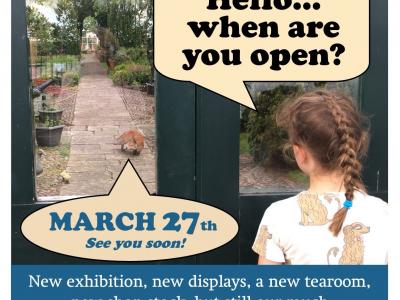
Opening Day March 27th
Topsham Museum
-
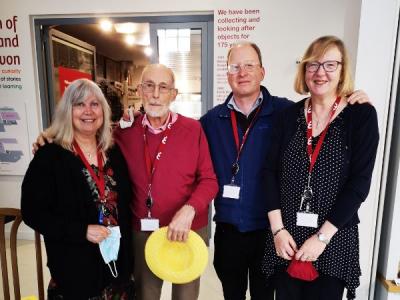
Volunteer at the Museum of Barnstaple and North Devon
The Museum of Barnstaple and North Devon
-

Documentary Open 2024 Voting Open
The Museum of Barnstaple and North Devon
-
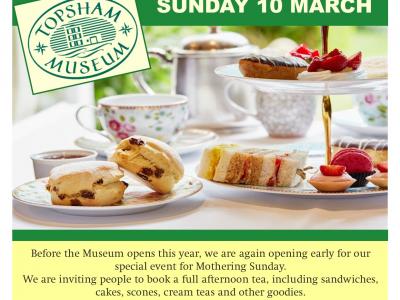
A Special Mother's Day Tea
Topsham Museum
-
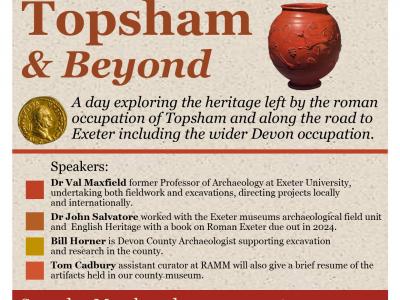
The Romans in Topsham and Beyond Day Symposium
Topsham Museum
-

Christmas Market
Topsham Museum
-
Christmas Events 2023
Topsham Museum
-
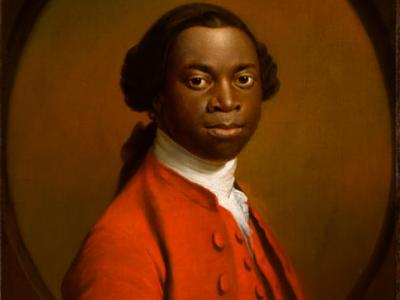
RAMM launches educational resources on the Transatlantic Slave Trade in Devon for teachers and educators
Royal Albert Memorial Museum and Art Gallery
-
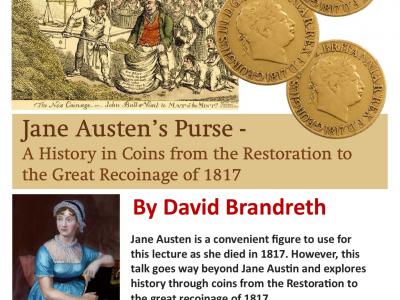
September Lunchtime Lecture, Tuesday 19th September
Topsham Museum




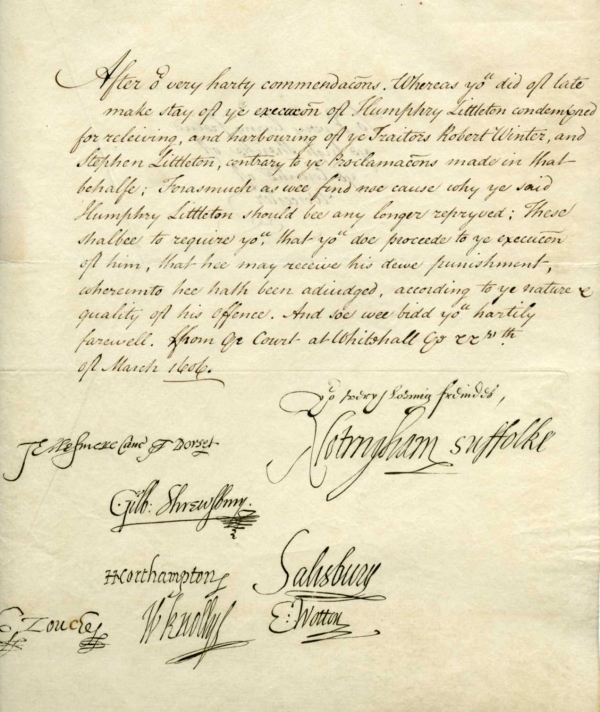
andmembersofTheBox'sveteransgroup.JPG&w=400&h=300&zc=1)
